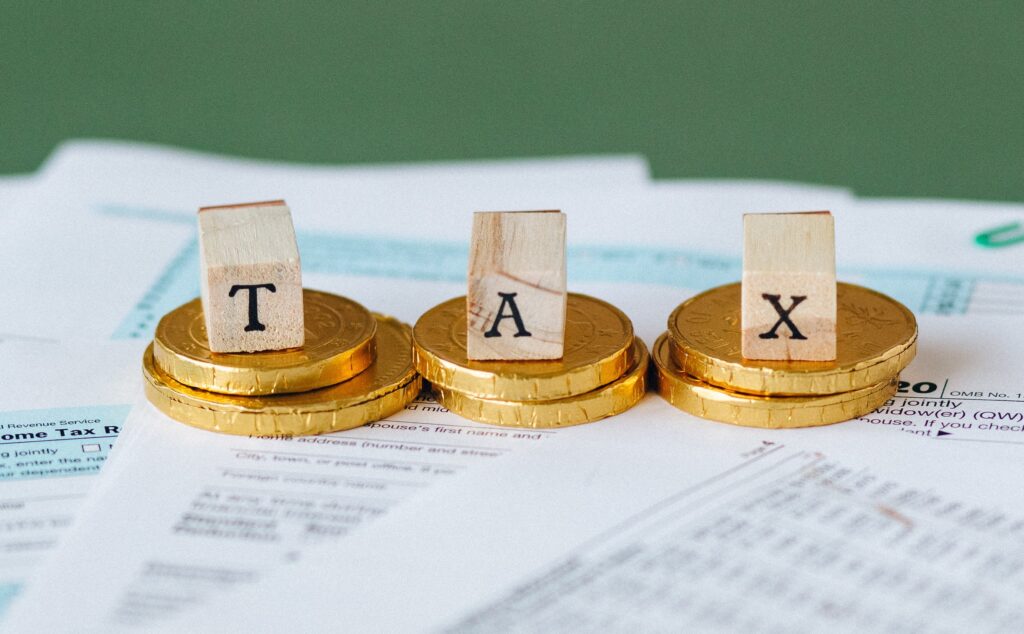
No one likes to pay taxes. I get it. But keep in mind that when you pay more taxes it should be because you made more money. If that’s the case, then you really should be happy. This country gives you great opportunity to make money so be sure to pay it back in some way.
The government also uses taxes as a great way to get people to do what it wants. It puts tax incentives on the things it wants done. For instance, the government wants people to own homes, so it gives a break on capital gains tax when you’ve lived in your primary residence for 2 years. You wouldn’t look at taking advantage of this as dodging taxes; it’s simply an incentive to do what the government wants you to do.
In the same way, the government wants you to give to charity. To encourage this, you get a deduction for certain donations. Again, this isn’t shirking your tax responsibility, the government would just rather you helped a charity and is willing to give up some of it’s tax income to encourage you to do it.
The 1031 exchange is another tax incentive. It is section 1031 of the Internal Revenue Code of the U.S. Code. 1031 is not a huge section at 1,100 or so words, but it can be a little complicated. Let’s boil it down to the most important parts. Keep in mind that you will need to have help when doing a 1031 exchange. I’ll give you my understanding, but you should rely on an expert.
What is a 1031 Exchange?
A 1031 is a way to sell one investment property and purchase another one and avoid paying capital gains tax on the sold property in the year in which it was sold. It does not get rid of the tax burden, but shifts it to later. The new property will have its tax basis changed to reflect the 1031, essentially shifting the capital gain (or loss) to the new property. When you sell that one, you’ll pay the tax for both, unless you exchange again.
Why Do a 1031?
If you still have to pay the tax, why bother with a 1031? The reason is that there are various ways that the tax can be relieved. Perhaps you believe that capital gains tax will decrease in the future. Also, if your heir inherits the property, often capital gains are not taxed. In the future, you might have a better financial position to pay the tax instead of when you are just starting out.
How to Do a 1031:
- Identify the property you want to sell. This is pretty easy. You wouldn’t be asking the question if you weren’t considering selling a property.
- Begin looking for new properties right away. You will need to purchase the property after the sale of the first property in most cases, so be ready.
- Engage the services of a qualified intermediary (required). This can be an attorney, title company, or a third party. I recommend and use the1031investor.com though they aren’t a sponsor of this blog.
- Put it in your purchase agreement. This one is a little controversial. Some people believe that doing a 1031 weakens their position. Adding a generic clause about both parties being willing to participate and facilitate a 1031 exchange is a good idea. If you put this in all your contracts, then you can tell them that truthfully.
- Tell the title company that will be handling the closing on your sale property about your desire to do an exchange. They will work with your intermediary for the documentation.
- Tell your accountant about your 1031 plan. Make sure your accountant is knowledgeable about 1031. Make sure they agree with your strategy.
- Close on the sale property. The proceeds from the sale will go to the escrow account at your intermediary.
- Identify a like-kind property. This is generally considered to be another real estate investment that will be owned by the same entity that owned the sale property. You can move from single family to multifamily to commercial in most instances. You can and should identify up to 3 properties. This has to be done within 45 days of closing of the sale property. Just write them down on the form that your intermediary gives you and fax it back to them within the 45 days.
- Close on one or more of the three properties within 180 days of closing on the sale property. Usually it will be just one, but in cases where the value is lower than the sale property, you can use more than one up to the value of the sale property. This can get complicated so discuss with your intermediary. The intermediary will wire the money to the title company for the close.
- Enjoy your new property.
There are a lot of steps. The thing that gets people in the most trouble is not planning ahead. The decision to 1031 needs to be made ideally before deciding to sell the current property. Remember that 1031 is not a way to avoid taxes. It is a way to defer them. This might be right for you and it might not. The key is to decide early on.

